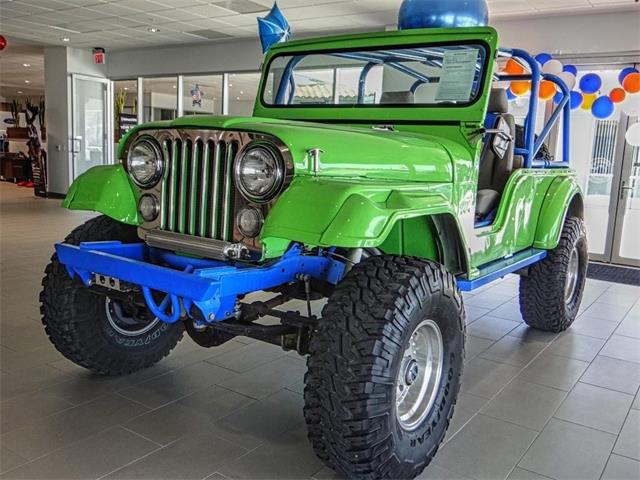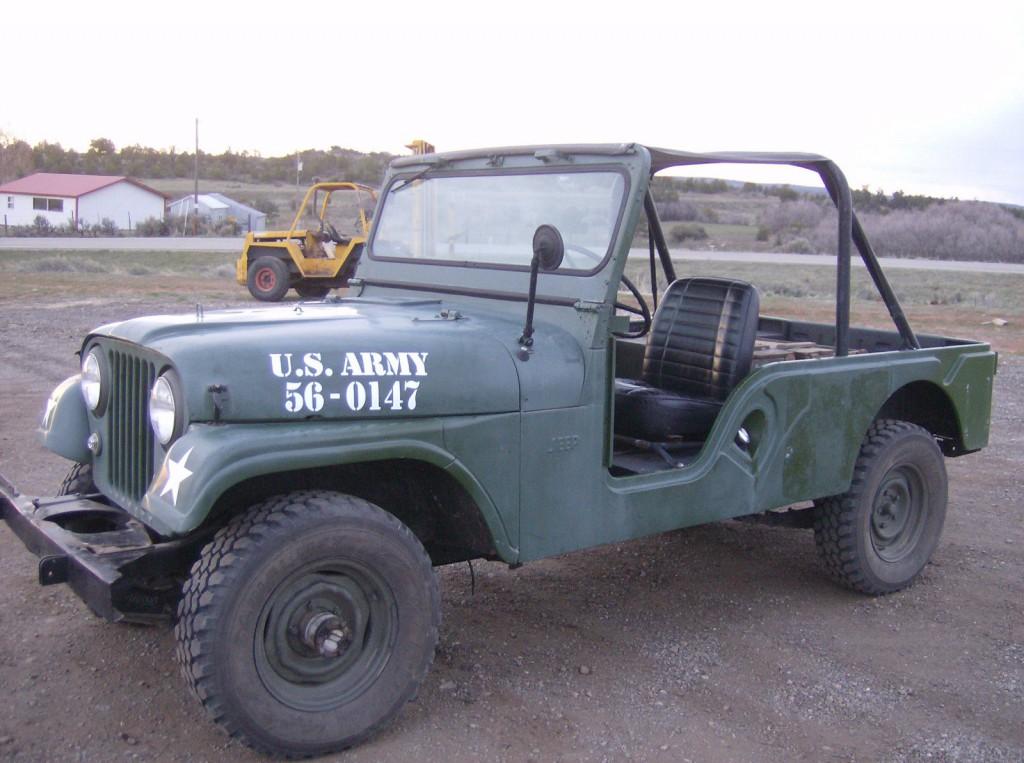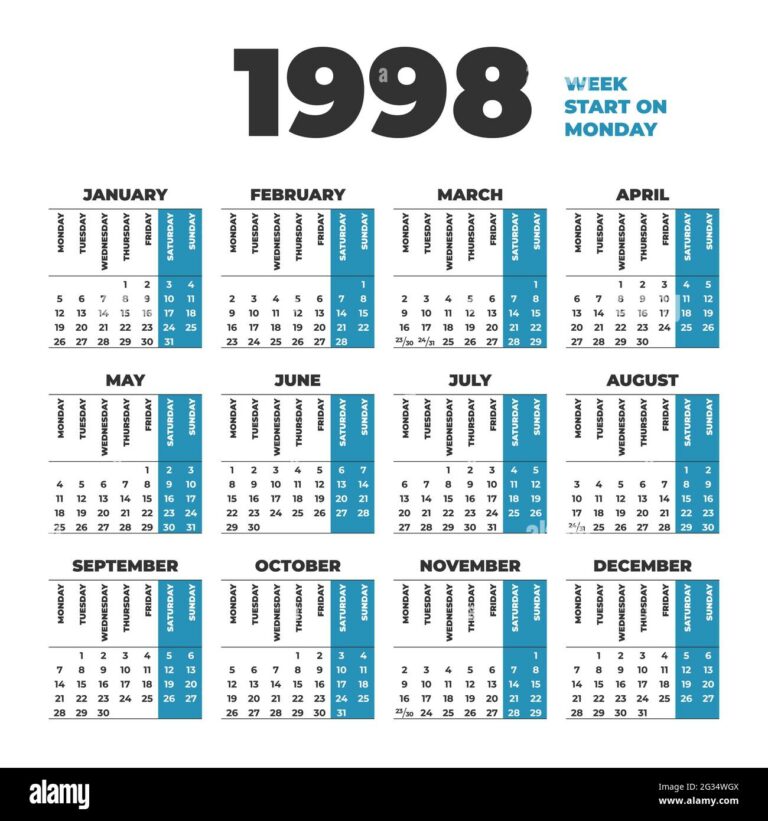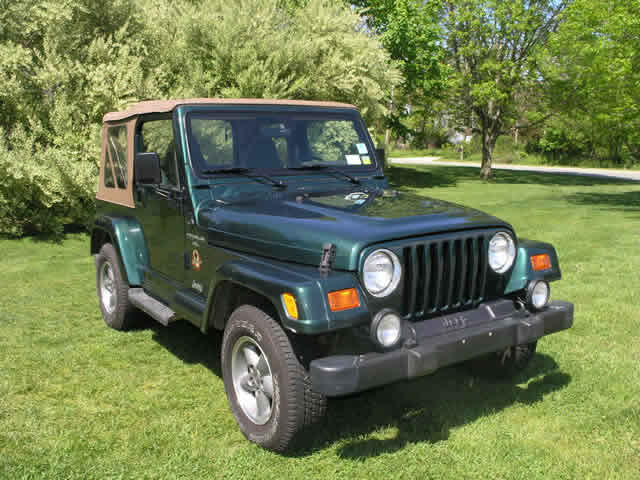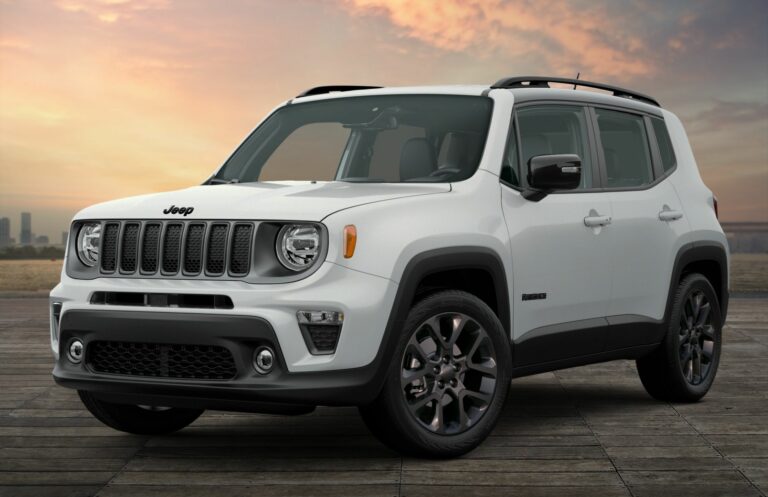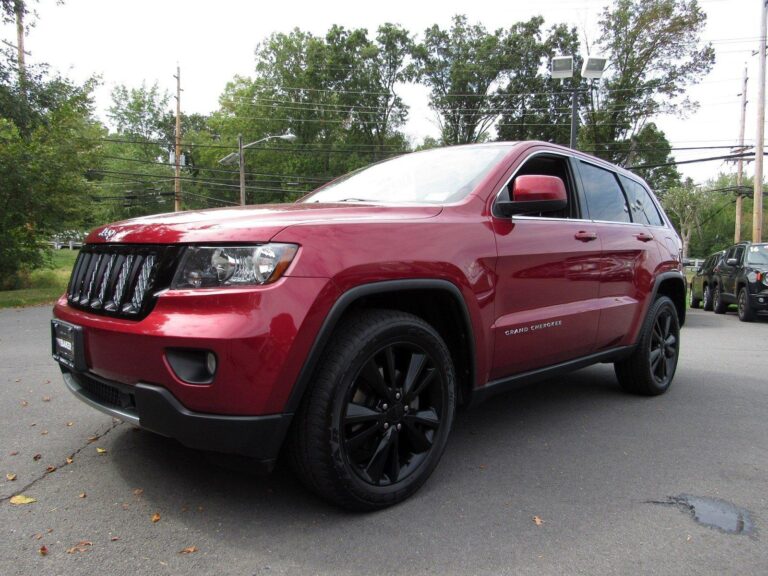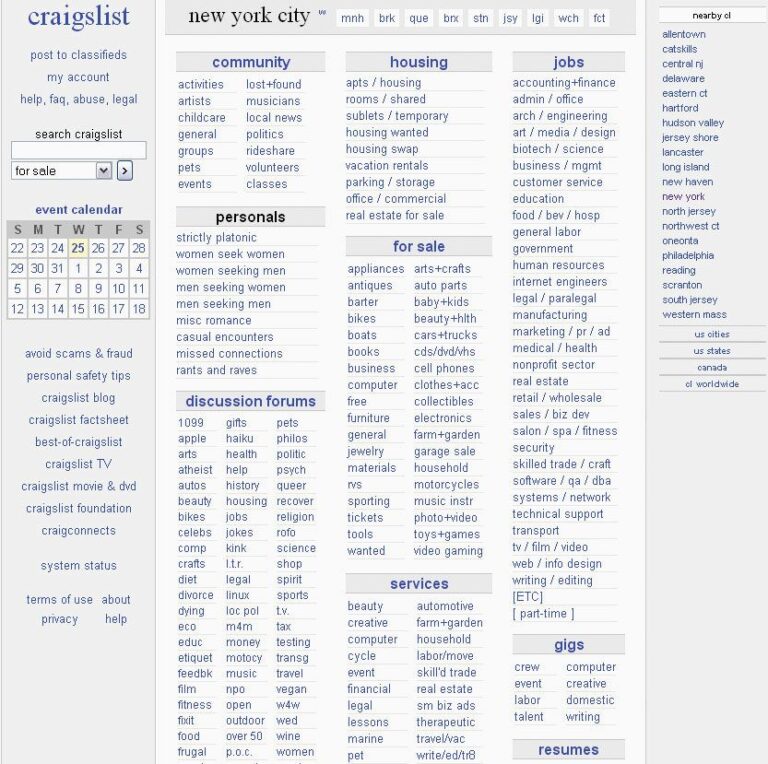Cj6 Jeep For Sale: Your Comprehensive Guide to Finding and Owning This Classic Off-Roader
Cj6 Jeep For Sale: Your Comprehensive Guide to Finding and Owning This Classic Off-Roader jeeps.truckstrend.com
The Willys/Jeep CJ-6 stands as a unique and enduring symbol of American automotive history, a rugged workhorse that bridged the gap between the compact CJ-5 and the larger, later CJ-7. For enthusiasts and collectors, finding a Cj6 Jeep for sale is more than just a transaction; it’s an opportunity to own a piece of off-roading heritage, a vehicle renowned for its versatility, durability, and undeniable classic appeal. This comprehensive guide will navigate you through everything you need to know about purchasing a CJ-6, from understanding its legacy to practical tips for securing your dream off-roader.
The Enduring Appeal of the CJ-6 Jeep
Cj6 Jeep For Sale: Your Comprehensive Guide to Finding and Owning This Classic Off-Roader
Introduced in 1955, the CJ-6 was essentially a lengthened version of the popular CJ-5, boasting a 101-inch wheelbase compared to the CJ-5’s 81 inches. This extended frame provided significantly more cargo space or room for an additional row of seating, making it a more practical utility vehicle for various applications, from agricultural work to exploration. While never as commercially successful as its shorter sibling, the CJ-6 developed a cult following for its unique proportions, enhanced stability, and the same legendary off-road prowess that defined the CJ line. Production for the U.S. market ceased in 1975, though it continued in South America for many years, adding to its mystique and rarity.
Today, the CJ-6 represents a sweet spot for many Jeep aficionados. It offers the classic, minimalist charm of the early CJs but with a slightly more accommodating platform. Its rarity, compared to the CJ-5 or CJ-7, also makes it a sought-after collector’s item, promising a blend of nostalgia, functionality, and investment potential.
What to Look For When Buying a CJ-6 Jeep
Purchasing a vintage vehicle like the CJ-6 requires a keen eye and a thorough inspection. Here are the critical areas to examine:
1. Rust: The CJ-6’s Arch-Nemesis
Rust is the number one enemy of any vintage Jeep. Pay close attention to:
- Frame: Inspect the entire frame for cracks, bends, or severe corrosion, especially around spring hangers, body mounts, and crossmembers.
- Body Tub: Check floorboards, rocker panels, cowl, and the area around the windshield frame. Many CJ-6s have had replacement floor pans or full tubs, so assess the quality of any repairs.
- Fenders and Hood: Look for bubbling paint or perforations, particularly where mud and moisture accumulate.

2. Engine and Drivetrain
Original CJ-6s came with a variety of engines, including the F4-134 "Hurricane" I4, the Dauntless 225 V6, and later AMC inline-six (232, 258) and V8 (304) engines. Many have undergone engine swaps.
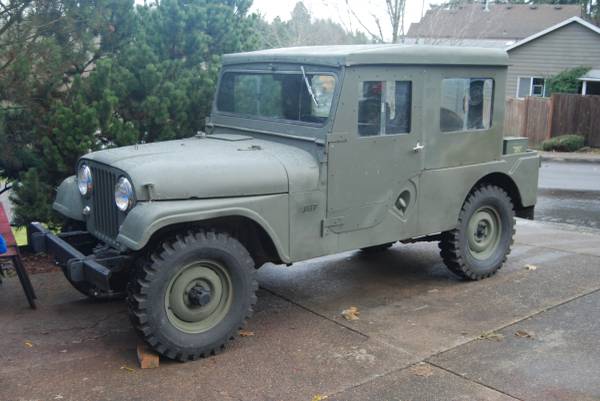
- Originality vs. Swap: Decide if you want an original engine (which might require more maintenance) or a more modern, reliable swap. Ensure any swap was done professionally.
- Condition: Listen for unusual noises (knocks, rattles, excessive smoke). Check for fluid leaks from the engine, transmission (T-90, T-86, T-14, T-18, TH400), transfer case (Dana 18, Dana 20), and differentials (Dana 25/27/30 front, Dana 44/27/41 rear).
- 4×4 System: Test the transfer case to ensure it shifts smoothly into 2H, 4H, and 4L.
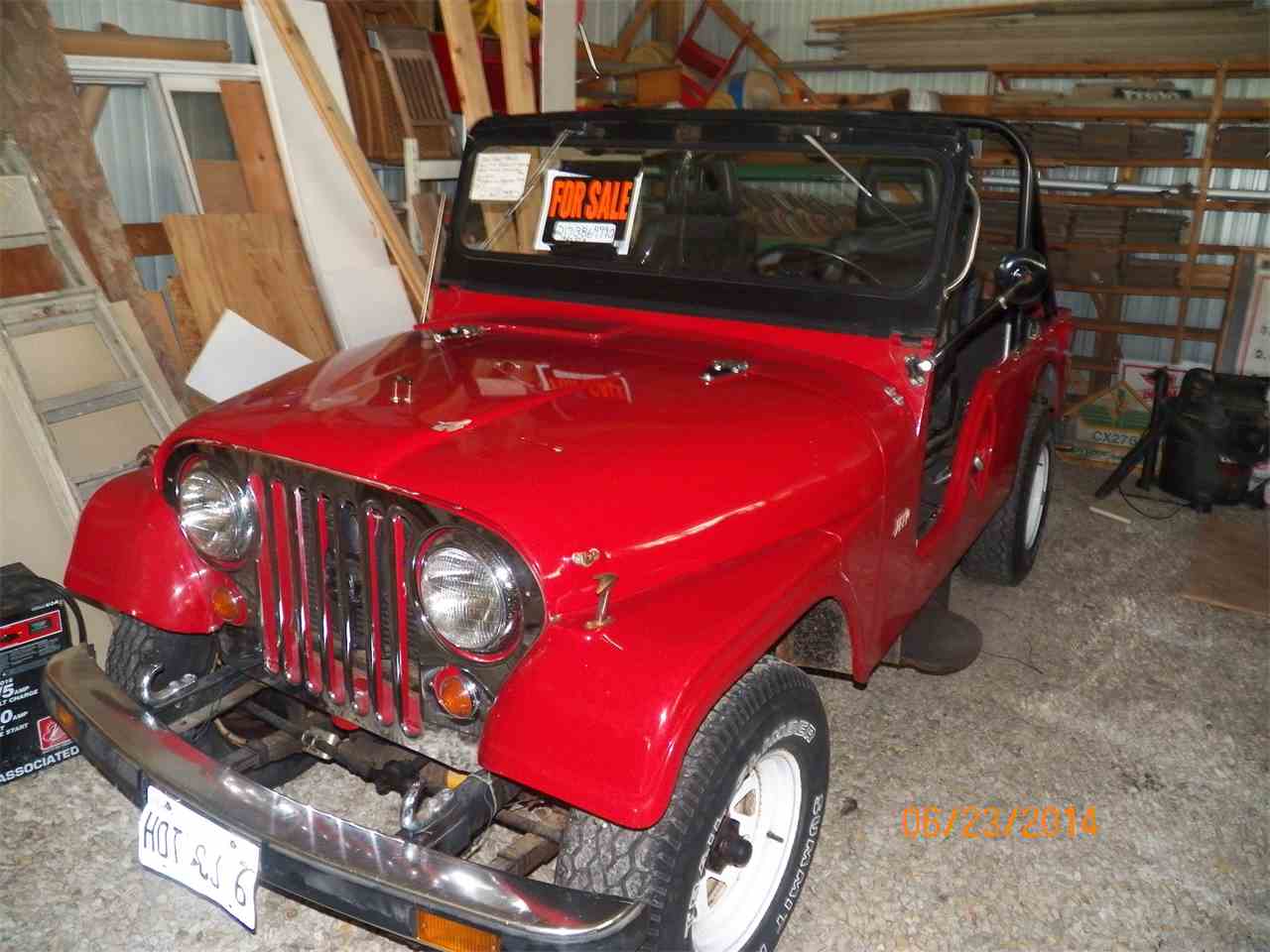
3. Suspension and Steering
- Leaf Springs and Shocks: Look for sagging springs, broken leaves, or leaky shocks.
- Steering Play: Excessive play in the steering wheel indicates worn tie rods, drag links, or a steering box. Power steering was rare on early models but a common upgrade.
- Bushings: Check for cracked or missing bushings in the suspension and steering components.
4. Electrical System
Old wiring can be a nightmare. Check all lights, gauges, wipers, and the horn. Look for signs of amateur wiring jobs or melted wires. A well-maintained electrical system is a good indicator of overall vehicle care.
5. Interior and Exterior
- Completeness: Are all the original gauges, knobs, and trim pieces present?
- Seats: Original seats are often worn or replaced. Assess the condition of any aftermarket seating.
- Top: Does it come with a soft top, hardtop, or bikini top? Check its condition for rips or tears.
- Tires: Ensure tires are in good condition with adequate tread and no dry rot.
6. Documentation
- A clear title is paramount. Verify the VIN matches the vehicle.
- Service Records: Any history of maintenance, repairs, or restoration work adds significant value and peace of mind.
Understanding CJ-6 Variants and Trim Levels
While the CJ-6 didn’t have as many distinct trim levels as later Jeeps, variations exist primarily based on engine options and minor feature updates throughout its production run (1955-1975 in the US). Early models often featured the Hurricane F4-134 4-cylinder engine, while later models introduced the Dauntless V6 and eventually AMC straight-six and V8 options. The "Universal Jeep" designation meant it was largely a utilitarian vehicle, but some "Renegade" packages later offered cosmetic upgrades like special paint and wheels, though these are much rarer on CJ-6s than CJ-5s. The key differentiator for a CJ-6 is always its longer wheelbase, setting it apart from its brethren.
Common Modifications and Upgrades
Given their age and intended use, many CJ-6s have been modified. These can enhance performance or detract from originality, depending on your goal.
- Engine Swaps: Common for increased power and reliability (e.g., Chevy 350, Ford 302, modern Jeep engines).
- Lift Kits: For increased ground clearance and larger tires, popular for off-roading.
- Axle Upgrades: Stronger axles (e.g., Dana 44, Ford 9-inch) are common for serious off-roaders.
- Power Steering/Brakes: Significant comfort and safety upgrades for daily driving.
- Roll Cages: Essential safety modification for off-road use.
- Aftermarket Seating/Tops: To improve comfort and weather protection.
Where to Find a CJ-6 Jeep For Sale
Finding a CJ-6 can be more challenging than a CJ-5 or CJ-7 due to its lower production numbers.
- Online Marketplaces: Websites like eBay Motors, Craigslist, and Facebook Marketplace (especially specific Jeep or classic vehicle groups) are common starting points. Be wary of scams and always verify sellers.
- Classic Car Dealerships: Some specialize in vintage SUVs and trucks and might have a CJ-6 in their inventory, often at a higher price but potentially better condition.
- Specialized Jeep Forums and Communities: Forums like Early CJ5.com (which covers CJ-6 as well) or Expedition Portal often have classified sections where enthusiasts sell their vehicles.
- Auctions: Classic car auctions can yield rare finds, but prices can soar, and inspection time is limited.
- Word of Mouth: Let friends, family, and local Jeep clubs know you’re looking. Sometimes the best deals are found offline.
The Buying Process: Tips for a Smooth Transaction
Once you’ve found a potential CJ-6, follow these steps for a successful purchase:
- Set a Realistic Budget: This includes the purchase price, potential repairs, modifications, insurance, and transport.
- Conduct a Pre-Purchase Inspection (PPI): If you’re not an expert, hire a reputable mechanic specializing in vintage vehicles or Jeeps to perform a thorough inspection. This is money well spent.
- Test Drive: Don’t just start it up. Drive the vehicle at various speeds, on different surfaces if possible, and test all functions. Listen for noises, feel for vibrations, and assess handling.
- Negotiate: Based on your inspection and market research, be prepared to negotiate the price. Don’t be afraid to walk away if something feels wrong.
- Paperwork: Ensure the seller has a clear title in their name and that all numbers match the vehicle. Complete a bill of sale, and understand your local DMV requirements for title transfer and registration.
Potential Challenges and Solutions
Owning a vintage CJ-6 isn’t without its quirks, but most challenges have solutions.
- Finding Parts: While not as abundant as for CJ-7s, many reproduction parts exist, and NOS (New Old Stock) parts can be found through specialized dealers and online communities. Mechanical components often cross-reference with other period vehicles.
- Rust Repair: This is often the most significant and costly repair. DIY bodywork is possible with welding skills, but professional shops can be expensive. Consider replacement body tubs if the original is too far gone.
- Mechanical Issues: Expect some maintenance. Learning basic mechanics or finding a trusted vintage Jeep mechanic is crucial.
- Insurance: Obtain classic car insurance, which often offers better rates and agreed-upon value coverage than standard auto insurance.
- Valuation: Pricing can be subjective. Condition, originality, modifications, and rarity all play a role. Research recent sales of similar vehicles.
Restoration vs. Driver Quality
When looking for a Cj6 Jeep for sale, you’ll generally find vehicles falling into two categories:
- Project/Restoration Candidates: These are often cheaper but require significant time, money, and skill to bring them back to life. Ideal if you enjoy the build process.
- Driver Quality: These are functional and roadworthy, perhaps with some minor flaws. They’re ready to enjoy immediately, though they might still benefit from upgrades or ongoing maintenance.
- Show Quality/Fully Restored: These command the highest prices, having undergone extensive, professional restoration. They are often pristine but may be less suitable for heavy off-road use.
Your budget, mechanical aptitude, and intended use will dictate which category is right for you.
Cj6 Jeep For Sale: Estimated Price Guide
Please note that these are estimated price ranges as of late 2023/early 2024. Actual prices vary significantly based on location, originality, engine type, specific modifications, seller motivation, and current market demand.
| Condition Category | Estimated Price Range (USD) | Key Characteristics & Notes
